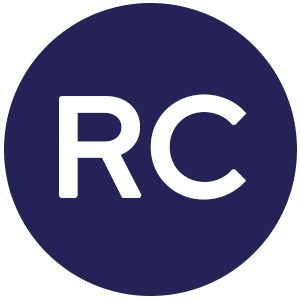Remember the early days of the COVID-19 pandemic when urgent shortages of personal protective equipment (PPE) like masks and gowns shined a bright light on health care supply chain weaknesses?
Although the PPE crunch has thankfully passed, healthcare organizations and hospitals continue to face supply chain challenges. This time, the challenges are centered on other items like consumables, medication, medical devices, and the parts needed to repair broken or recalled equipment. According to a May article in Forbes, those shortages are expected to last well into 2023.
“It used to be that hospitals would deal with 50 to 100 backordered items per day. There are many institutions that are now dealing with 800 to 1,000 backorders per day,” said Jeff Jochims, CEO for products and healthcare services at Owens & Minor, in the Forbes article.
A room-level accurate, enterprise-wide real-time location system (RTLS) can be a valuable tool to ensure a hospital has what it needs—without paying through the roof. Here are three ways to achieve that goal until the worst of the supply-chain challenges have passed.
1. Determine the necessity of a purchase right now
Pushing back a large-scale purchase for a year or two may not be a struggle for most hospitals. But what happens when several pieces of mobile equipment break or face a recall, and the parts you need are impossible to afford (or even find)? Understanding the utilization rate of your mobile equipment is critical to deciding whether you really need to make a significant purchase right now.
For example: Say your hospital has a fleet of 1,000 infusion pumps. Fifty are unusable and require repair with a specific part. That part has been marked up 50 percent, and the manufacturer can’t get the parts to you for three months.
If you don’t have utilization data for your pumps, you might be inclined to bite the bullet and purchase the required parts or even purchase 50 new pumps, at exorbitant prices.
But let’s say you do have RTLS, and you have months of utilization data. It confirms that your pumps’ peak utilization rate is only 70%, very much in line with industry standards. That means that even at its busiest moment, your hospital has a surplus of about 300 items.
Thanks to your data, you know that your hospital can comfortably absorb 50 out-of-service devices. You opt not to purchase the parts and, in the process, save your hospital a lot of money.
2. Find ways to accelerate your mobile equipment workflow
An enterprise-wide, room-level accurate RTLS can help you clearly see how equipment moves through its workflow – and where it gets stuck. That visibility is critical when your hospital is operating with a reduced mobile equipment fleet.
Let’s go back to the infusion pump example but increase the out-of-service quantity to 150 items. You’re still within your surplus, but the margin for error is a lot narrower. How can you ensure that you have enough operational pumps without making additional purchases?
If your hospital has an RTLS, you can look for trends in equipment utilization over time to identify where bottlenecks may be occurring in your workflow. Armed with that data, your hospital might revise routines to accelerate that workflow, such as picking up equipment from overused soiled storage closets more often and temporarily reassigning staff to equipment management so pumps can return to service more quickly.
3. Explore the possibility of load-balancing between facilities
An RTLS can also facilitate load-balancing between related facilities in a health system. Returning to the pump example once more, let’s say your hospital is one of five in the ABC Health System. Thanks to your RTLS utilization data, you know that you’ve got a healthy cushion in your pump fleet. But one of your partner hospitals down the road is operating consistently at a >80% utilization rate according to its RTLS, and it has seen 20 pumps break in the past two weeks.
Instead of immediately making a purchase, your partner hospital consults with the ABC Health System, which knows that your hospital has plenty of pumps to spare right now. Rather than authorizing the purchase of new parts or equipment, the system asks to redistribute a portion of your surplus to your partner hospital. That saves the partner hospital – and your health system – from making a needless, very expensive purchase.
To learn more about how the Cognosos RTLS can help your hospital better manage its equipment fleet through the supply chain crisis, contact us today.



